Phew! Busy Thursday afternoon. We’re here live at the ICv2 White Cup bringing you the latest from the annual industry event that features in depth sales chat and more. There are four speakers at this event and for the next two hours, I’ll be liveblogging all the news for your eager eyes.
First up is Rob Salkowitz, author of COMIC-CON AND THE BUSINESS OF POP CULTURE:
- Rob’s primary field of interest is the business of comics conventions.
- Rob’s credentials include writing for ICv2 and Forbes. As stated above, he is the author of COMIC-CON AND THE BUSINESS OF POP CULTURE. He worked with EventBrite for several years, releasing the data from their online surveys. He also works with ShowClix, who you may know if you have a New York Comic Con badge.
- Last Labor Day, 2016, there were five major fan conventions and 7-8 smaller conventions happening simultaneously. Notably, William Shatner headlined FOUR of them?!
- Exhibitors and publishers now have to make a choice: what is the best show for my product? How do I determine where to go? These questions are why we need better data on the business of conventions.
- It’s becoming more expensive to get guests at conventions. Whereas before you could just invite someone and they’d come with the hope of a payday selling goods and autographs, big shows now often pay out upwards of a million dollars of guaranteed money to big stars
- There are a number of clear growth areas among the various types of fan conventions in existence. Notably. Comic Conventions, Anime Conventions, and Entertainment conventions (like NYCC and SDCC) have spiked enormously in attendence. Anime cons are the most diverse and the youngest.
- Notably, specialized cons like those based around SUPERNATURAL and THE WALKING DEAD have also grown a lot.
- Eventbrite tracked 990 shows in 2013. There was a median gross ticket sales number of $540 million. The economic impact multiplier was 8x with a total economic impact of $4.32 billion dollars!
- The smallest economic impact multiplier (how cons affect local businesses) was about 5x growth, and the highest for the biggest shows was 20x.
- In 2014-2015, Rob surveyed fan con attendees and got about 2500 responses from all around the country from various demographic groups. The biggest finding was that in 2014, there was a gender parity in attendees for those under age 30. In 2015, there was a general 50-50 gender parity among all attendees and demos skewed female for those under 40.
- The average fan went to about 3 cons per year and the most dedicated averaged about 5 conventions per year.
- While general con attendance at cons for specific properties was about 50-50 gender parity, the specific property cons individually skewed heavily towards one gender or the other depending on the show.
- By tracking the demographics following various Twitter accounts, we can find out what types of demographics are going to various cons.
- There’s an interesting diagram showing various “tribes” of people attending NYCC. Surprisingly, roughly 35% of people attending NYCC are primarily gamers!
- Roughly 6% of the audience are primarily comics fans (oh god, so alone).
- Rob’s Twitter analysis tool can also show us where fans come from. Most fans come from the Northeastern United States.
- We can see the most influential Twitter accounts followed by con attendees identifying as comics fans as well as their favorite grands. People love love love Comixology, Snapchat, Kickstarter, Netflix, and Sega.
- We’re now comparing SDCC’s tribe map with NYCC’s. The various fandoms at NYCC mostly stick to themselves, but interestingly, at SDCC everyone is a “superfan of everything.”
- According to Rob, NYCC and SDCC are “not competitors.” SDCC has more in common with SXSW, where everyone is more into EVERYTHING, whereas NYCC is more traditional and fans are big fans of ONE thing.
- Using Facebook, we can find that con attendees are big fans of George Takei, The Walking Dead, and Amazon than the average person. They’re less likely to be married, more likely to be college grads, and more likely to be educated.
- This data can be used by show organizers to figure out how to engage their audience. Which social media platform are they most engaged in? Publishers and exhibitors can use the data to figure out which shows’ audiences are most engaged in their products.
- Indiapolis, Indiana had EIGHT conventions last year, but the market is not oversaturated because the shows are diverse. Gencon, a Walking Dead Convention, etc. The data can be used to figure out which markets are under or overssaturated.
- Finally, the data can be used to figure out which show you might most like to attend.
- Follow the Comics Beat Instagram for all the slides from this talk (@comicsbeat).
Vivek Tiwary, Eisner award winning writer of THE FIFTH BEATLE, is now live:
- Brian Epstein first saw The Beatles at the age of 26 in Liverpool. At the time, The Beatles were mostly messing around on stage, drinking and smoking with the audience while playing with their backs to the stage.
- “Brian thought The Beatles were the biggest bunch of teenage losers he’d ever laid eyes on” until they finally played some of their own songs. Then, he was inspired. He saw a big message of open love in their music, which, as a gay man who had to hide his own love, inspired them.
- Brian offered to manage the band and two years later, against all odds, The Beatles were the biggest band in the world.
- Vivek is a huge Beatles fan. He’s won over 25 Tony awards for his Broadway plays. He is also the co-founder of an organization called Musicians on Call.
- According to Vivek, “none of these things were supposed to happen.” He was supposed to become a doctor (I feel that), not write Broadway plays, but Brian Epstein inspired him to chase his dreams.
- Vivek found Brian during business school at Wharton and he approached Brian’s life as a business study. He’s here to tell us about the lessons he learned from Brian.
- The ground zero is that you really have to wholeheartedly believe in the product that you are selling.
- Vivek recommends people set two goals for themselves when they undertake a venture.
- A practical goal is something that you can check head on every so often using metrics.
- An esoteric goal is something less tangible that you’ll know when you reach. Brian’s goal was to help The Beatles “elevate pop music into an art form” and make them as a memorable as classical composers.
- “You should have your feet on the ground but your head in the clouds.”
- Vivek wanted to have success in multiple mediums (practical) and wanted to create work that would last long after he was gone (esoteric).
- Lesson 2: On Christmas Day in the US, 1963, virtually no one had heard of the Beatles. By February of 1964 70 million people were tuning into the Ed Sullivan show to watch the Beatles play. Epstein made this happen by realizing that the Christmas gift of the season was a transitor radio. Recorded music became a social event for the first time. Renegade DJs were talking to the “youth” of the time directly and endeared The Beatles to those DJs. Brian went as far to leak the Beatles’ flight schedules to those DJs and told the DJs to tell their audiences to mob the planes. Brian held musical press conferences at the airport and invited the press, who were shocked to see thousands of teenagers mobbing the plane. Brian didn’t even like the Transitor Radio, but understood what it meant for the world and played into it.
- Lesson 3: Have a succession, or backup plan. Brian had such faith in himself and The Beatles that he never planned for failure. He had no backup plan and it worked out for him until he suddenly died at 32 and The Beatles were left with no manager.
- You need to have “an absurd amount of confidence bordering on arrogance in order to change or push an industry,” but you also need the “humility” to have a backup plan in case of failure.
Milton Griepp is now live to talk about “the future of retail. How comics reach he consumer.”
- In 2015, the comics industry topped 1billion dollars in total sales for the first time (ignoring digital and library sales)
- The greatest growth era was in graphic novels
- In 2015, ICv2 estimates the manga market at about 85 million dollars, 13% greater than the year previous.
- Manga has been on an upswing recently with increased accessibility to content like One Punch Man.
- The first disruption to the way comics were sold: Comics Stores replaced the newsstand channel in the 1970s-1980s. The newsstand channel was wasteful at best because of all the comics they had to destroy and corrupt at worst if the newsstands and distributors sold the books through backdoor channels after “destroying” them.
- Comics stores were “different, they were based on collecting rather than just reading and throwing away.” Owners and customers formed a community and unique features allowed stores to buy non-returnable books
- In 1980, Griepp started a comics distribution company that was at one point the largest distributor until Diamond bought them out and became the only distributor
- The second disruption: the rise of online retailers like Amazon.
- The perks of this channel was unlimited selection, potential for online community. You could reach the entire world even if you lost some logistics efficency by shipping small orders to various people around the world.
- The third disruption: “growth of book chains and book superstores as graphic novel outlets.” This is a major contributor to the manga boom of the early 2000s.
- By 2002, graphic novels sold more in book stores than they did in comics stores.
- Fourth disruption: “digital comics follow books, music as new format and channel in late 00s.”
- The advantages of this method of distribution: anywhere with internet becomes a store.
- Milton theorized that digital sales would not cannibalize physical comics sales in the way digital music did to album sales and was right
- The big question: what is the next big disruption? Is it good or bad for the industry? How can we predict it?
- These days, the Newsstand channel is still lowest, with the digital channel above it, the bookstore channel, and then the comic store channel at the top.
- The bookstore channel can be broken down into digital retailers, book store chains and independent shops, and book fairs and is rising greatly.
- 3 out of the top 4 titles at the top of BookScan in September were volumes of MARCH by senator John Lewis. We had Ta-Nehisi Coates’ BLACK PANTHER, Gene Luen Yang’s American Born Chinese, Alison Bechdel’s Fun Home, Margaret Atwood’s OGN, and then some superhero titles and manga titles. The market has changed dramatically in the last fifteen years.
- Newsstand sales are own by 57%, nearly dying out.
- Digital sales have grown by 1125%.
- All these disruptions were preceeded by market “stresses” like the corrupt bookstore market and the sudden increase in content accessbility thanks to he internet.
- Comic store growth is “capped by format and genre” unless “stores, distribution change focus.” Periodical comics, according to Griepp, is placing a cap on growth because most readers are not interested or not experienced in buying and consuming content like a “Wednesday warrior.”
- “Having a deep backlist and different kinds of content” is more important than ever.
- However, because comic stores communicate with their customers, they’re poised to properly adapt to the market shift.
- A new comic store chain seems very unlikely according to Griepp because people who run stores are very knowledgable and it’d be hard to replicate that experience across a national chain. It’s also not the direction “money is flowing.”
- Specialty retain chains are likely to slowly turn towards becoming comics stores. Their music/video/video game sales are getting hammered by Amazon, so stores like Barnes and Noble and Books a Million are rapidly expanding their comics content. Gamestop has started to sell geek apparel and has tested graphic novels and event periodical comics. FYE and Best Buy are also looking for new opportunities in comics.
- Walmart and other mass retailers are likely to play a major role in the future as Walmart’s test GN sections have done well.
- Amazon is “an implacable force.” They have distribution centers that are within 20 minutes distance of 44% of the US population which lets them deliver overnnight and same day. Their logistics are “state of the art” and even prestige formats like hardcovers are expanding there because Amazon can cut the price of those formats.
- Digital marketplaces are poised to help the market grow as well “if focus on graphic novels.”
- Webcomics, especially Korean companies like Line, are new financiers for original content.
- Kickstarter has an important but “limited” role to help creators reach their goals as well.
- The dystopic future: Bookstores “fall down the rabbit hole of superhero content” instead of expanding their catalogs to service many portions of the population and comic stores “continue to pursue collectability” over all else. Webcomics fail to find purchase in growing the audience.
- Milton is “optomistic” about the future of the industry assuming comics channels listen to their audiences.
- Hastings failed not beccause of their Graphic Novel business, but because they failed to “transition out of dying categories fast enough” and made some bad bets with other sections that left stores with a lot of leftover inventory.
Heidi MacDonald is here to introduce the great Karen Berger!
- Karen Berger first entered the industry 37 years ago. She has always felt like an outsider because she never read comics as a kid unlike so many of her contemporaries. She fell into the industry when at 21, she became assistant to Paul Levitz, 23.
- “I always felt I helped bring a fresh perspective and objectivity” to the content edited, as Karen was not a childhood comics fan. She balked at the idea that there were topics you could not write about or that there were artists considered to have “too experimental” of a style.
- Karen never imagined how much the market would grow, but she’s still interested in helping it expand even more.
- Karen is concerned that a lot of content is being ignored by those who only look at “direct market content.” It’s “only getting worse.” There was recently a book with 72 variant covers and a 1:1000 variant where the special edition featured old interior artwork enlarged and recolored.
- Many retailers like having the variants and incentive covers, but Berger cautions that this sort of “speculative” purchasing is what caused the crash of the 1990s. Karen thinks there’s something “wrong” with the fact that 10% of Marvel’s profits came from variant covers in 2015.
- SURGEON X brought Berger back to comics because of Sara Kinney’s fantastic writing samples and the immediacy of the book’s topic.
- Sara’s goal, using the grant she received from the British government, was to figure out how SURGEON X could be used to educate and to grow the market. It has a full blown app to accompany the physical title!
Okay…that does it! We’ve covered the WHOLE White Cup except for the open bar mixer, which begins now (and none of you want to read me sounding off after a drink!). I hope you’ve enjoyed reading along with us. It was quite fascinating if I do say so myself.


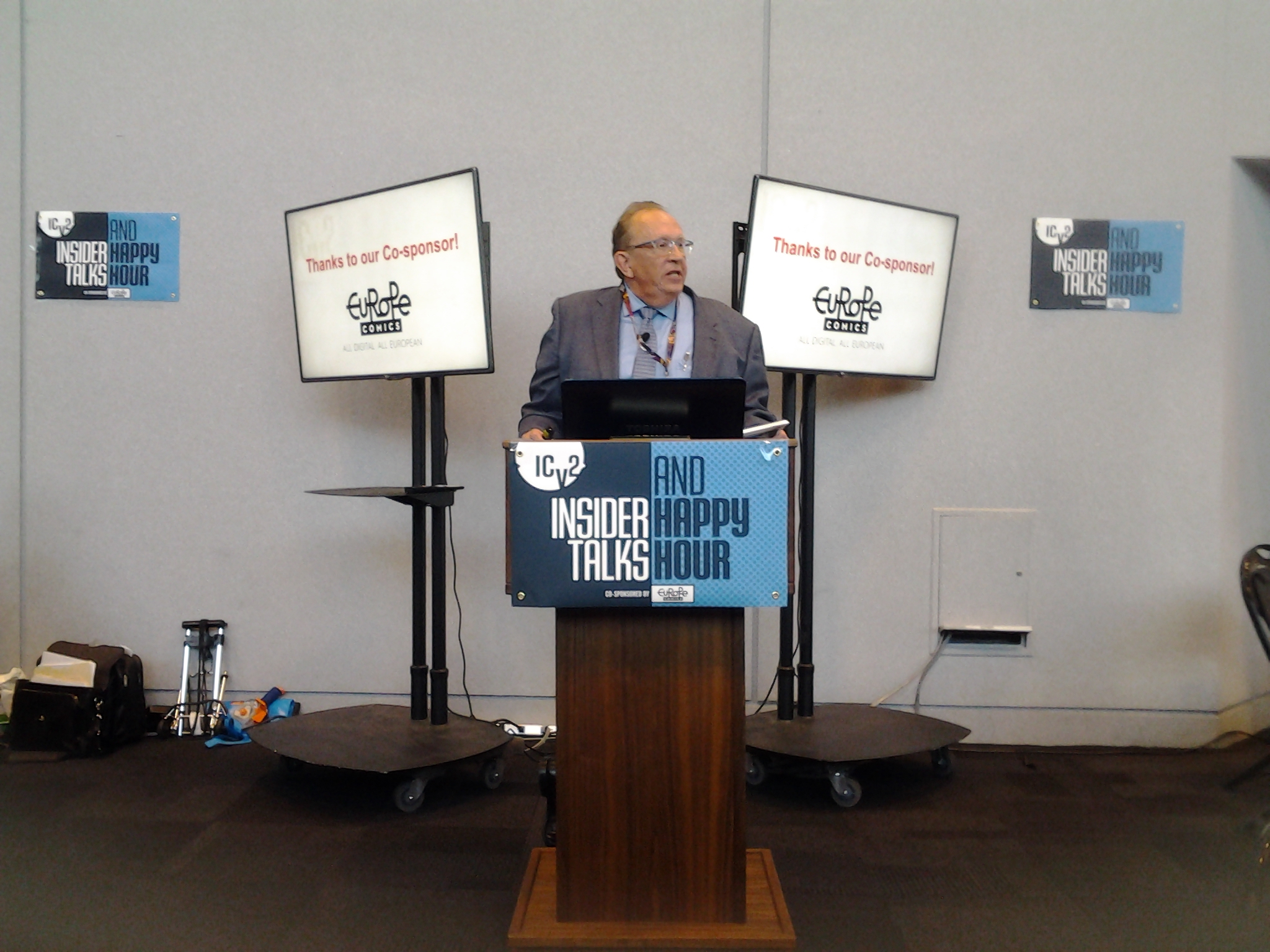




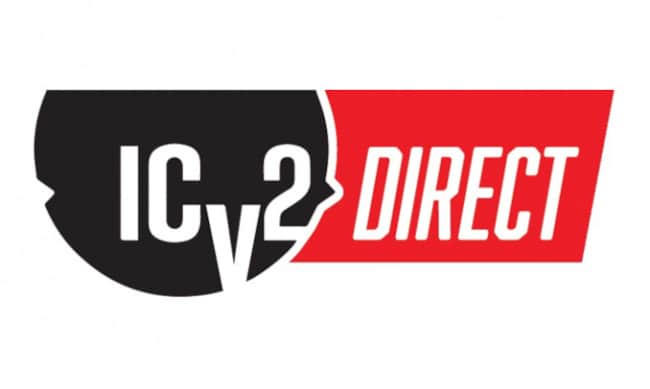
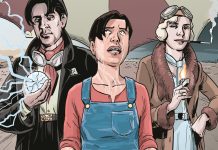
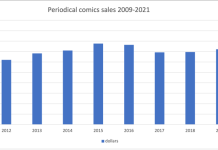
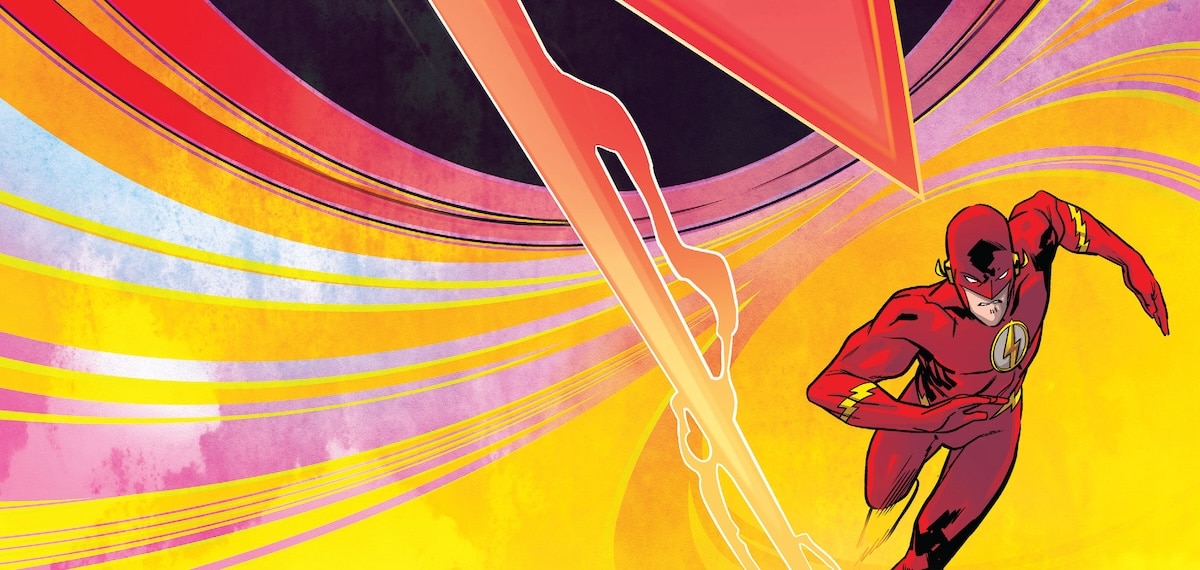

Great coverage, Alex! Thanks for the inside scoop on what’s going on in the industry (and to The Beat in general for being our NYCC surrogate).
It’s awesome for me to have a web page, which is good in favor of
my knowledge. thanks admin
Comments are closed.